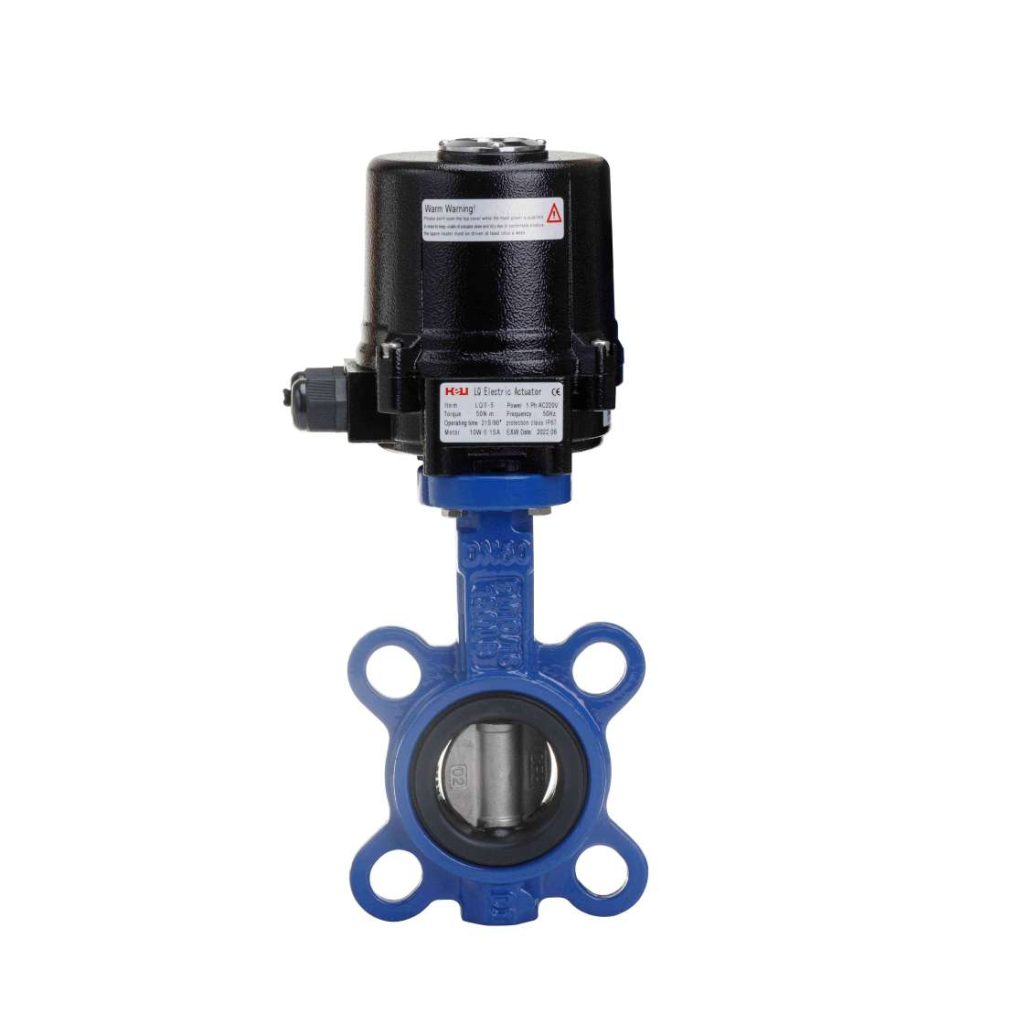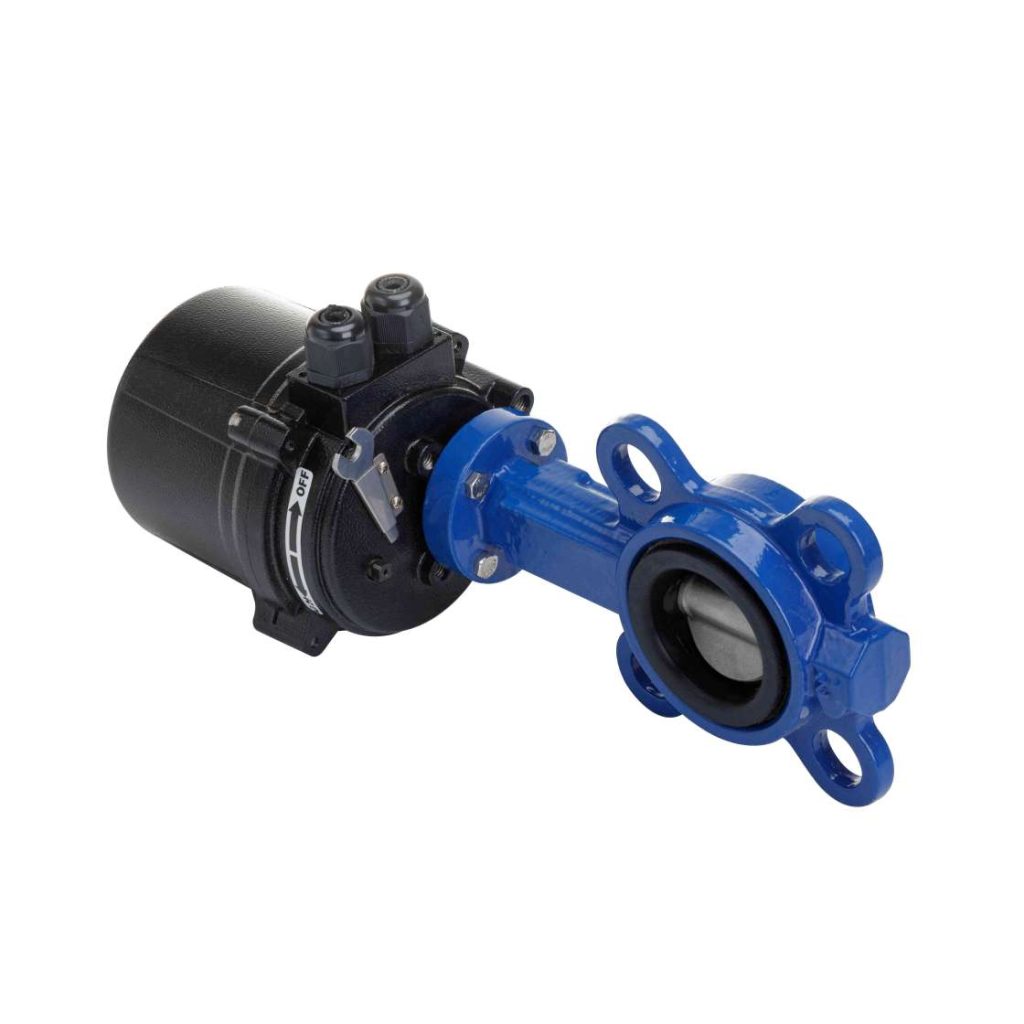Electric butterfly valves are crucial components in a variety of industrial applications, providing efficient and reliable solutions for controlling the flow of fluids in pipelines. As part of modern automation systems, they offer advantages such as remote operation, reduced maintenance, and precision control. This article will explore the functionality, advantages, and applications of electric butterfly valves, as well as how they are enhancing industries globally.

What is an Electric Butterfly Valve?

An electric butterfly valve is a type of flow control device that uses a rotating disc to regulate the flow of fluids in a pipeline. The valve consists of a circular disc mounted on a shaft, and the valve is operated by an electric motor that rotates the disc to either fully open or close the flow path. In between, the valve can be adjusted to modulate flow levels. The electric actuator allows for precise control over the valve’s position, making it highly suitable for automated systems where consistent operation is essential. Unlike traditional manual butterfly valves, which require human intervention, electric butterfly valves can be operated remotely, offering convenience and efficiency. The electric actuator is typically powered by a 24V or 220V power supply, depending on the application and requirements of the system. The actuator communicates with control systems, allowing operators to manage the valve’s position through a control panel or digital system.
